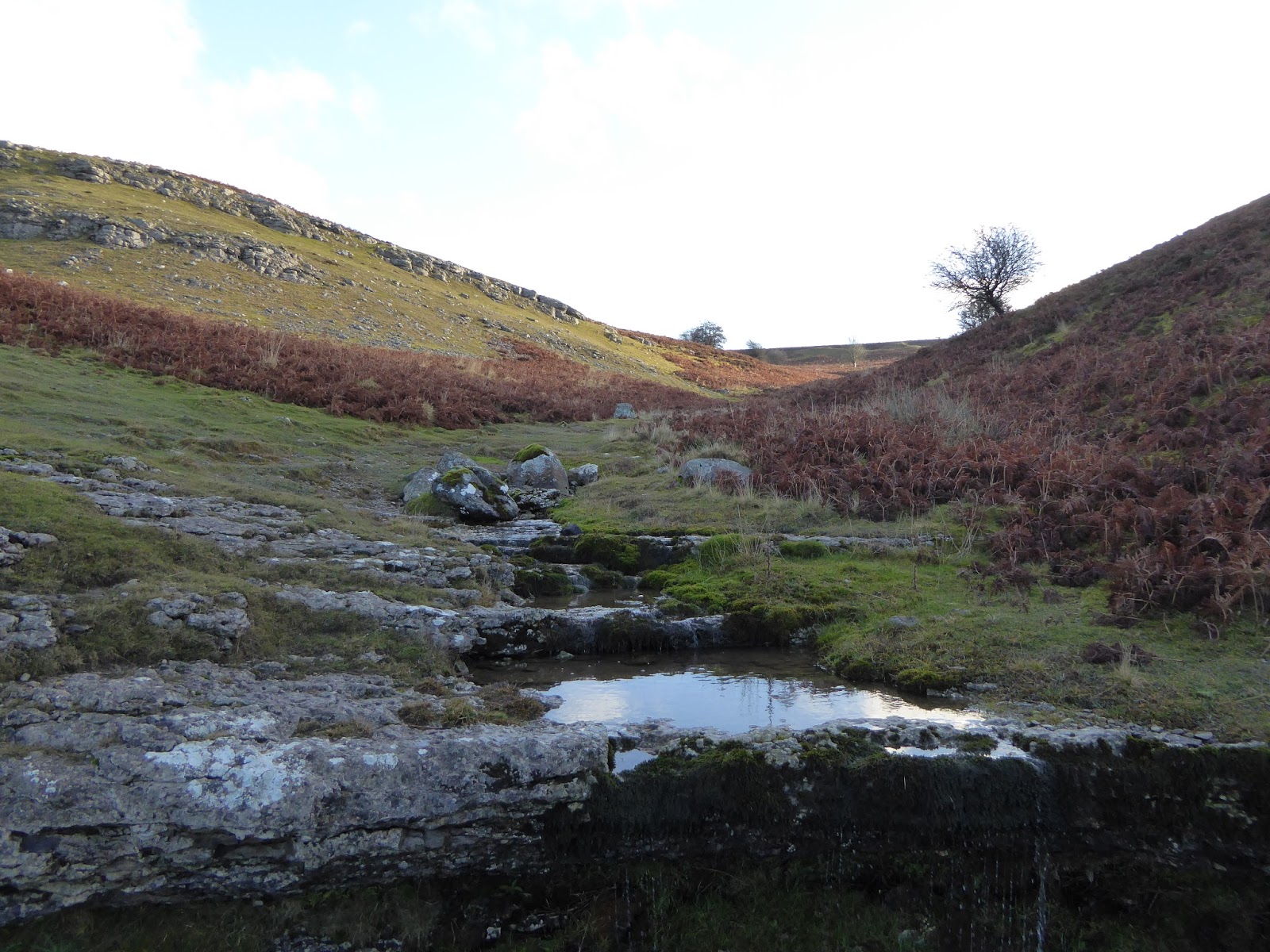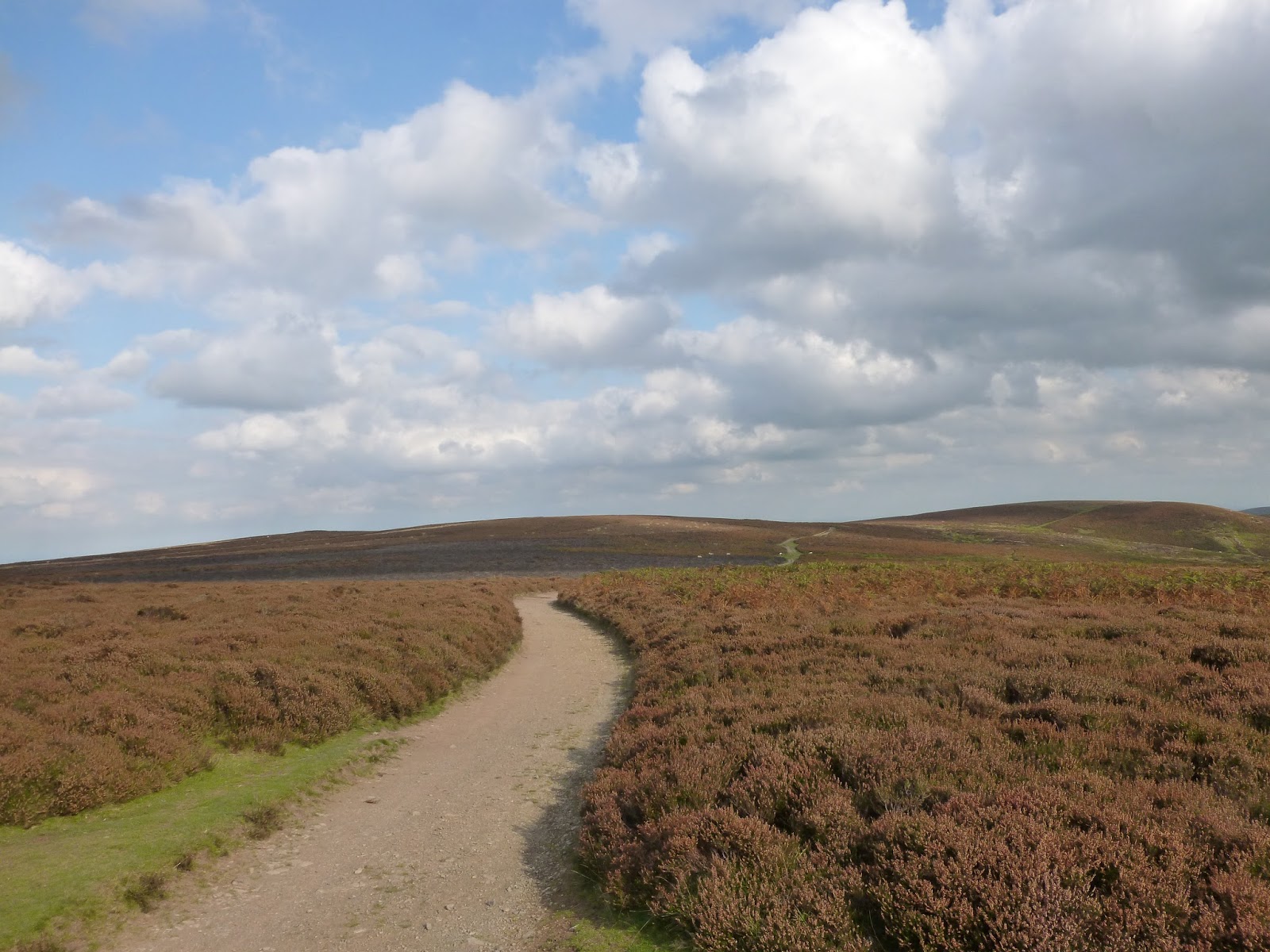 |
| Over Ullswater to Blencathra this October |
I have never been one for a macho approach to hill walking. By
‘macho approach’, which might be the wrong terminology, I’m thinking of a very
long day's walk, over difficult terrain, striving for many summits, possibly in poor
weather. That being said, I have done many tough hikes and these have often been
memorable. But I am also very happy
doing shorter days, when I probably appreciate my surroundings more, without the
pressure to move on, or to hit a target, or to complete a pre-determined route.
For many years I have been fortunate enough to live within an easy distance of
the hills, both in Cumbria and Wales. Thus, I can be more choosy about my walking
than those who have to make a special effort and travel long distances to get
their fix. And shorter days suit me as I get older. I’ve ticked my lists, and
still do so, but I am also more than happy to return over and over again to old
favourites for short days in the hills.
 |
| Looking to Helvellyn from the path to Arthur's Pike, October 2014 |
|
|
|
 |
| Coming down the Old Corpse Road to Haweswater, June 2014 |
|
 |
| A water survey post between Branstree and Selside Pike, June 2014 |
The joys of being able to seek out the less spectacular and
easier hills have been evident in a few walks recently. I have followed broad
grassy ridges, often alone for most of the day, save Hyperdog Moss, no other
walkers in sight. Relatively easy walking, lovely views, that invigorating feeling
of the wind on your face, and the silence. Not the silence as defined by the
dictionary, but the silence of the hills – the wind, the occasional call of a bird or a
sheep, the sound of my breathing as I labour uphill. For me this is the
silence of peace, the silence that allows you to empty your mind of thoughts
and by default allow the senses to roll in and out of your mind. Sight, sound, smell, taste and touch. The views, the
birds, the bracken, the water from a stream, the contrast between rock and
grass under your trail shoe or boot.
I
do not know if there is an afterlife, but if there is I hope I spend mine
walking a grassy fell, watching the summer sun above me competing with transient
white clouds. And below me will be a lake such as Ullswater, with the
Raven and the Lady of the Lake making their way along the water, carrying
unseen crowds of smiling, relaxed holidaymakers. The gentle breeze will make my face
glow, and my two boys and my lovely wife will wander with me until the end of
time. And then I will no longer have to dream or try to forget. At last I truly will be a free man on the hills.
 |
| Looking to Moel Sych and Cadair Berwyn, November 2014 |
 |
| My hillwalking mate in the Berwyns, November 2014 |










































